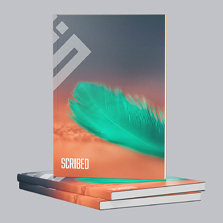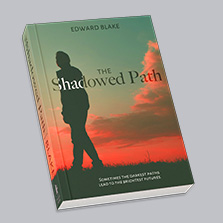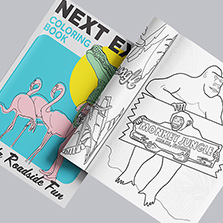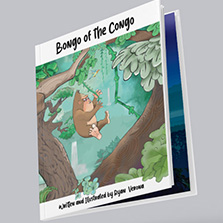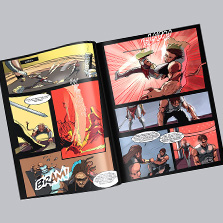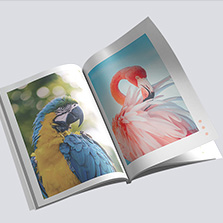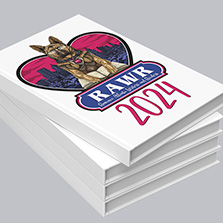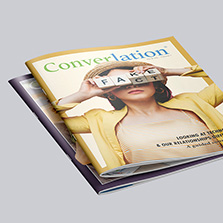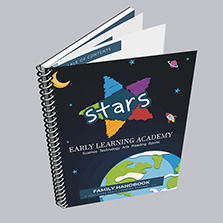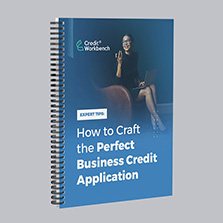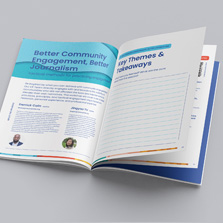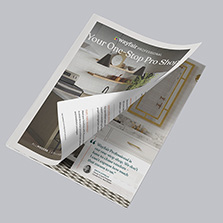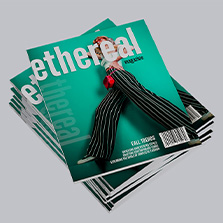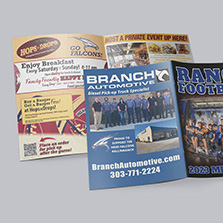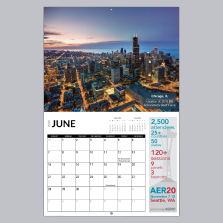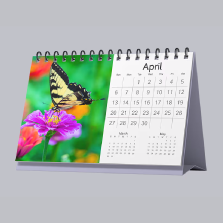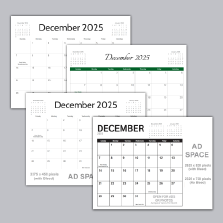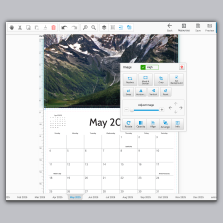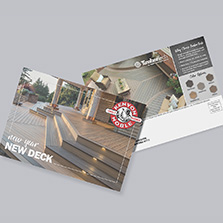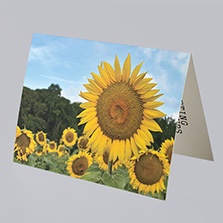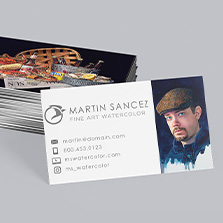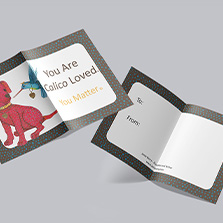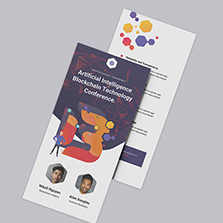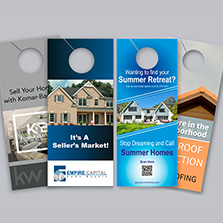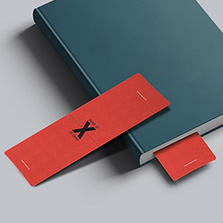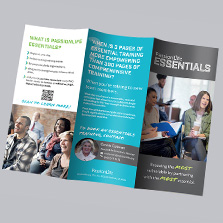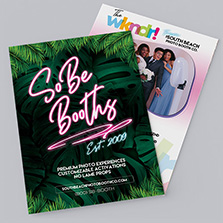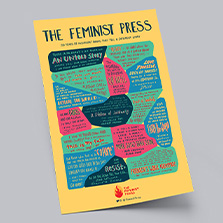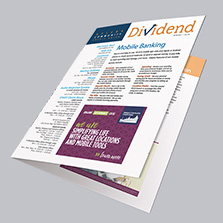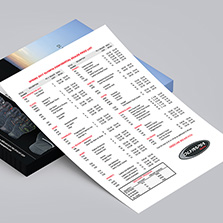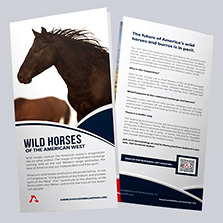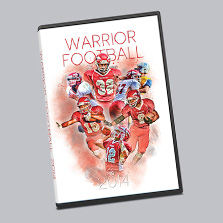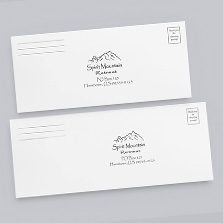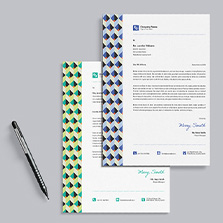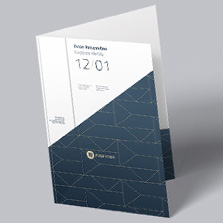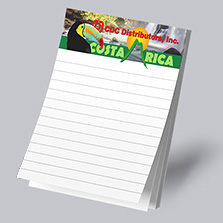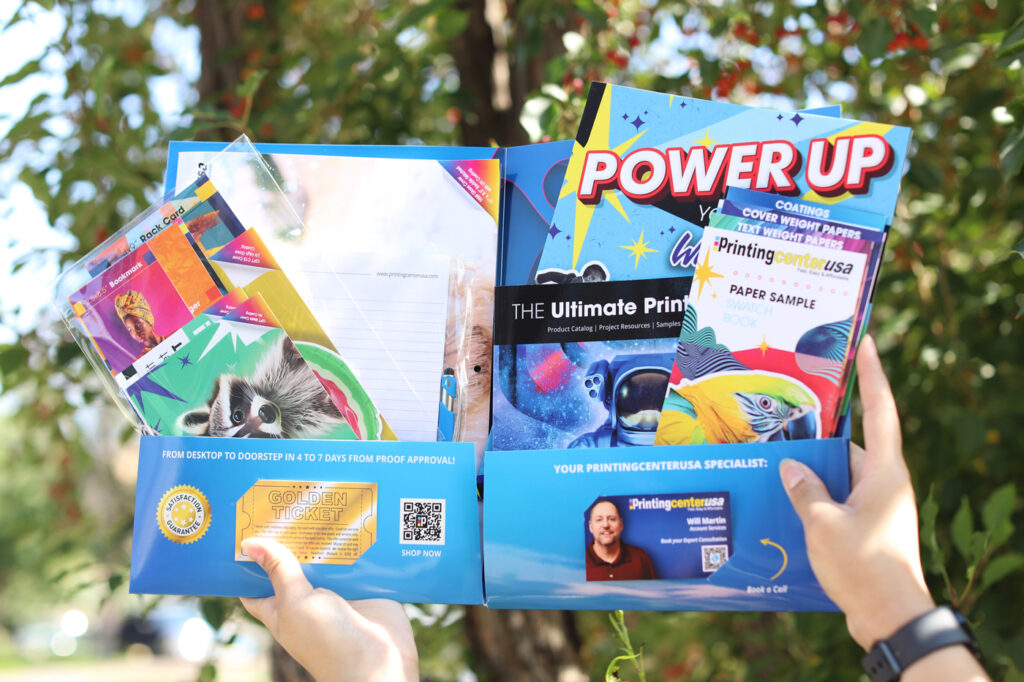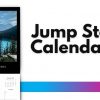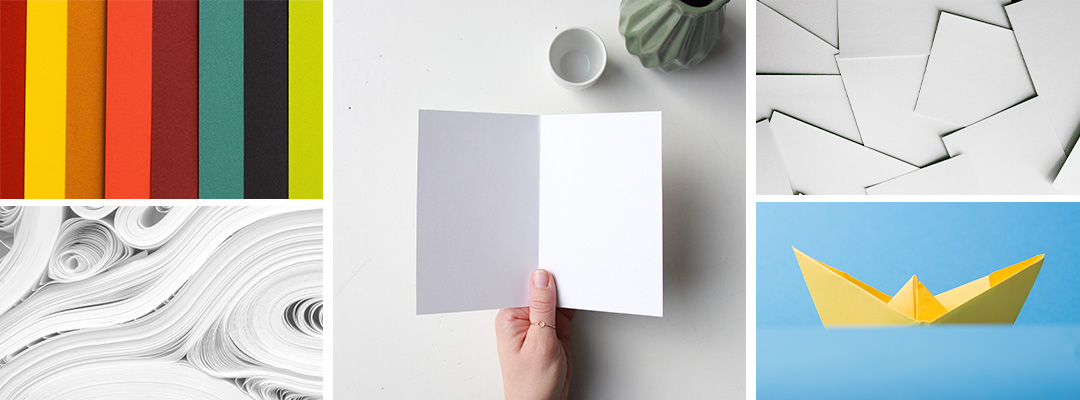
Choose the right paper for your print project
An important factor in printing is the paper. We offer a variety of papers, some thick and others thin. Some glossy and some matte. How do you decide which paper to use?
First, let’s get technical. There are some terms that will help you to understand the different options available.
Cover VS Text
A cover weight paper is going to be thick, similar in feel to cardstock. Text weight papers are thinner, more similar to catalog and magazine paper. A paper labeled “cover” is always going to be thicker than a “text” paper. For example, 100# Gloss Cover is going to be much thicker than 100# Gloss Text. You can also tell the difference in thickness by checking the “point” or “pt” thickness. For example, a 100# Gloss Cover is 9pt while a 100# Gloss Text is 5pt. If you had an instrument called a micrometer you could measure the paper thickness yourself.

Gloss VS Matte
Gloss paper is shiny and is very popular for most print projects. Matte paper has a “flat” look to it. It doesn’t shine and reflect light the same way that gloss paper does.
UV Coating
The Gloss and Matte paper are both coated, which means they are not like the paper you would put in a home printer. Gloss paper is shiny but if you want something to really “Pop!” you will want to add a UV High Gloss Cover finish. This coating can only be used on Cover paper and is very popular for calendar projects and presentation folders.
Uncoated Paper
This paper is similar to the paper you would put in a home printer because it is uncoated. It is easy to write on and would be used in a project such as a journal or coloring book. If your project requires an uncoated paper we recommend our 70# Uncoated Text because it is thicker than regular paper that you would put in a home printer, which means that the ink won’t bleed through the page.
Below I am going to recommend different papers for different types of projects. These are simply suggestions; your project may or may not fit into these recommendations. I would also highly recommend requesting a free sample packet from us. When you get a sample packet from us we send you our Paper Sample Guide. It’s a small booklet that has an example of all of our different papers in it so you can see and feel the weights of each. You can determine which papers you like best using this Paper Sample Guide.
For Booklet projects, which includes Catalogs, Magazines and Programs, the paper will sometimes depend on the page count. If your booklet has 8-20 pages a good choice is to use 100# Gloss Text for the cover and the inside pages. When you have a higher page count, 24pages and up, we recommend using a Cover Weight paper for the cover sheet and using Text Weight for the inside pages. This isn’t required, you can use a Text Weight on the cover and inside pages if you want. Using a Cover Weight for your cover paper is nice because it gives you booklet a little more thickness and heft, which is nice.
- Brochures – 100# Gloss Text
- Business Cards – 14pt Gloss Cover
- Calendars – 80# Gloss Cover for the cover paper (with a UV high gloss cover finish for extra “Pop!”). 100# Gloss Text for the inside pages.
- Door Hangers – 12pt Gloss Cover
- EDDM – 100# Gloss Cover
- Flyers – 100# Gloss Text
- Greeting Cards – 12pt C1S (C1S means Coated One Side. The outside of the card is coated so that it has a nice finish but the inside is uncoated so that you can easily write in it).
- Newsletters – 100# Gloss Text
- Posters – 100# Gloss Text
- Presentation Folders – 100# Gloss Cover with UV Coating added to it
- Rack Cards – 14pt Gloss Cover
Of course, if you have any questions about the type of paper to use feel free to call us or request your free sample packet so you can see and feel these different papers.

